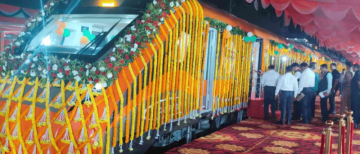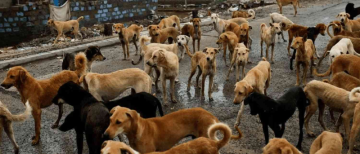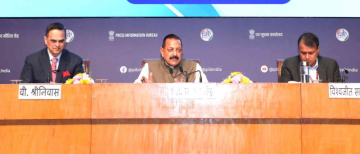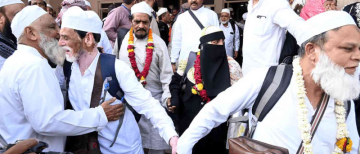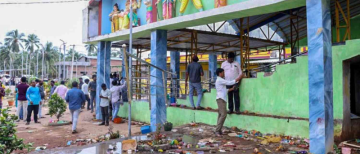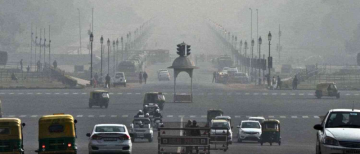The June 2 Balasore train accident, in which 291 people died and more than 900 were hurt, was caused by mistakes in the Signal & Telecommunication (S&T) department, according to a study given to the Railway Ministry. The S&T department was mostly to blame, and "human error" was the cause of the three-train accident in Odisha. The study by A.M. Chowdhary found that the rear collision was caused by "lapses in the signalling circuit alteration" done at the north signal yard (of the Bahanaga Bazaar station). The crash also happened because of problems with the way signalling work was done for the replacement of electric lifting barriers at level crossing gate 94.
The accident happened at 6:40 p.m., and a disconnection letter was sent so that repair work could be done. At 4:50 p.m. the same day, a reconnection memo was sent out, but the S&T team was still working on the signal circuit. Because of these mistakes, the wrong signals were sent to Train 12841 (Shalimar-Chennai Coromandel Express). A green signal was given for run-through movement on the UP mail line of the station, but crossing 17 A/B was set to the UP loop line. This caused the train to go on the loop line, which led to a rear-end accident with the goods train.
The Railway Board has not yet accepted the report, but if they do, the report will have many suggestions that will go to different departments. Rahul Agarwal, who was an extra member of the Signalling Committee, has been moved to the Research Designs and Standards Organisation as a special DG.
Sources say that the signaling problem was caused by both human error and the fact that the "fail-safe method" didn't work at all. Criminal negligence on the part of senior staff, including the stationmaster on duty, is also being looked into. The CRS suggests a push to update completion signalling wiring diagrams, other documents, and the labelling of signalling circuits at the site. It also suggests standard practises for signalling-modification work, functional tests of existing circuits that are being changed, a separate team for checking and testing modified circuits and functions before restoring or reconnecting the work, and a competency certificate that is given after rigorous practical training.
Chowdhary also asked for the railways to respond to disasters more quickly at first and for the system of disaster response in the Zonal Railways to be looked at. He also asked for coordination between the Zonal Railways and the different Disaster Response Forces.
The deadliest railway catastrophe in the past two decades is thought to have occurred on June 2, when three trains collided, killing 290 people and injuring 1,000 more.
Image Source: Twitter
© Copyright 2023. All Rights Reserved Powered by Vygr Media.






